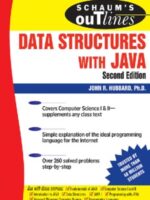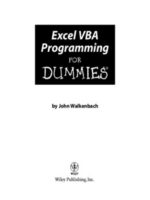Introduction
Computers and Computing
Computers are intelligent devices that mimic human behavior with respect to remembering data and events, processing information, and making logical decisions. Information is stored, recalled, manipulated, and combined in their circuitry to achieve a desired effect.
To properly understand the design and master the implementation of the C++ programming language, it is necessary to have a general familiarity with the basic computer components and their function, and recognize how instructions are translated into machine language code.
1.1 Hardware and software
Physical components including wires, electronics, circuits, cards, boards, and various peripheral devices are classified as hardware. Permanent information is stored in permanent recordable media such as hard disk drives (HDD), commonly called hard drives (HD), compact disks with read-only memory (CDROM), and digital versatile discs (DVD). Old-timers fondly recall the era of tapes and floppy disks.
CPU
The centerpiece of computer hardware is the central processor housed in the motherboard. The main component of the processor is a microchip fabricated as a compact integrated circuit, called the central processing unit (CPU) or the microprocessor. A modern CPU contains over fifty million transistors.
Its function is to perform numerical computations and make logical decisions, collectively called operations. The control unit (CU) of the CPU interprets and prioritizes instructions, and the arithmetic logic unit (ALU) executes instructions.
A microprocessor can be rated in terms of its clock frequency or clock rate, which is the frequency of an internal vibrating crystal expressed in number of cycles per second (Hertz, abbreviated as Hz). Today’s microprocessors vibrate at a few GHz, that is, a few trillion cycles per second. The clock rate is the









Be the first to review “Programming And Graphics”